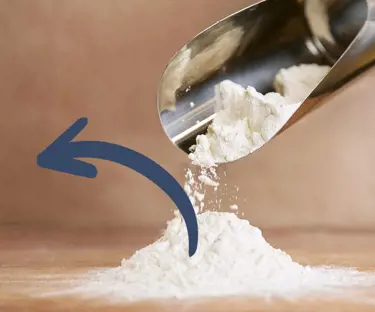Chronic kidney disease (CKD) is a leading cause of death in the US, affecting an estimated 37 million people. Around nine in 10 may not even know they have it1. Once a diagnosis is made, the objective is to help patients manage the condition, so they have the best possible quality of life with fewer health complications. Left untreated, CKD may progress to end-stage kidney disease, requiring maintenance dialysis or transplantation.
Physical exercise and, above all, diet are critical. As a nephrologist and clinical investigator, I work on many studies that investigate CKD nutrition. Encouraging patients to follow a good renal diet, however, is a mission full of obstacles.
The problem with phosphorous
Type 2 diabetes and high blood pressure are the two top causes of CKD in adults – with diabetes alone accounting for some 60% of cases. As the disease progresses, it becomes increasingly difficult for the kidneys to remove waste from the blood stream and maintain a healthy balance of water and minerals.
While minerals are essential to life, too much is a serious issue if your body has a reduced capacity to excrete it. Excess phosphorous, for example, depletes the calcium deposits in the bones and can lead to cardiovascular disease. In addition to the higher risk of heart attack and stroke, the resulting circulatory problems can result in blindness and amputations, due to blood vessel damage and poor delivery of oxygen and nutrients to tissue.
The nutritional challenge for a CKD patient is that many foods in the western diet are rich in phosphorous. Meat and dairy products contribute the most, as the phosphorous they contain is relatively bioavailable, particularly due to the frequent use of phosphorous-rich additives. In plant-based products, on the other hand, the mineral is mainly bound to phytate, which means it is less likely to be absorbed.
Risk of a protein-poor diet
On this basis, one of the dietary recommendations to CKD patients is that they minimise their intake of phosphorous-rich foods by eating a more plant-based diet. Unfortunately, simply cutting these foods from the diet is not so easy. The difficulty is that many of them – meat and dairy included – are important sources of protein.
Among CKD patients in the US alone, the consequence of a low-phosphorous diet is that at least 25% suffer from protein malnutrition, with long-term negative effects on muscle strength and health in general.
Then there is the matter of dietary habits. For many, the imposition of a more plant-based diet is such a change that they find it impossible to follow. A typical outcome is that they go back to their usual high-phosphorous diet. This is why at Mount Sinai Hospital we try not to outlaw certain foods. Instead, we encourage patients to continue eating meat and dairy products, but in moderate amounts.
Clinical study with whey protein
Recently, we came across a whey protein with a low phosphorous content. We see this as a new opportunity to reduce the phosphorous in the diet without reducing protein intake. If all goes to plan, we will start a clinical study of the whey protein’s effect in a renal diet later this year.
I run a peritoneal dialysis service where the patients come back once a month for supervision and evaluation. For the clinical study, we plan to enrol patients that show signs of protein malnutrition and randomise them into two groups – one receiving a daily liquid supplement including the whey protein to be tested and the other a daily liquid supplement currently available in the market.
After a month, we will evaluate the impact. Our hope is the study will act as a proof of concept, showing that CKD patients can obtain the same amount of protein as a standard diet without raising phosphorous levels. This would be particularly important for patients with advanced CKD or on dialysis who experience protein malnutrition, but it could be extended to most patients with CKD.
The point is that, for dietary advice to work, it must be possible to incorporate it easily in the patient’s lifestyle. If this special whey protein can contribute to that, then we will be one step closer to our goal – to help people with chronic kidney disease continue to live a satisfactory life.
1 Centers for Disease Control and Prevention: https://www.cdc.gov/kidneydisease/publications-resources/ckd-national-facts.html
This blog contains material and information intended for B2B customers, suppliers and distributors, and is not intended as information to the final consumers.


